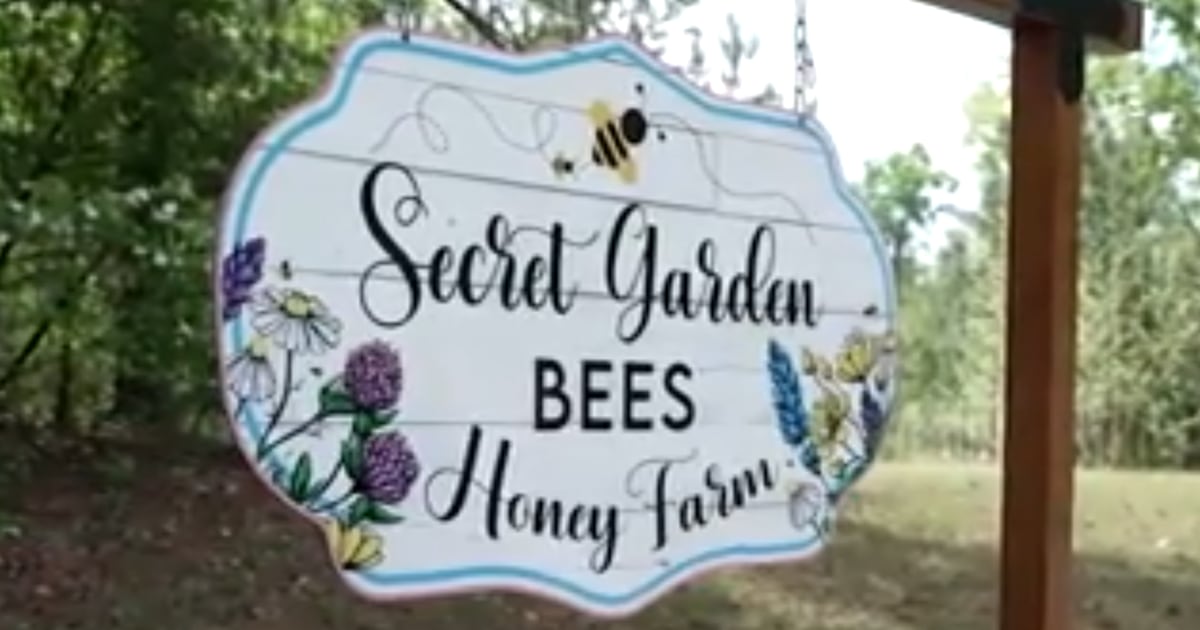The Ice Bucket Challenge raised more than $50 million in the past three months largely by accident.
The viral phenomenon of dumping ice water over one’s head began not as a way to raise money for ALS but as punishment for not donating $100. Someone would give money and challenge three other people to give or else be doused. Then something funny happened: people began donating and dumping water on themselves.
Doing something for free, making it fun, promulgating it on a social network, and letting the funds go to charity is straight out of the Grateful Dead playbook. In fact, you could say Deadheads invented viral marketing like the Ice Bucket Challenge.
When the Dead stopped performing in 1995 after the death of lead guitarist and leader Jerry Garcia, the Internet was used almost only for email; and Mosaic, the first Web browser, had just been introduced. So there was no real World Wide Web, much less social networks that we take for granted today. Yet the Dead created their own social network without any of this. They did it in 1971 by asking their fans, the Deadheads, to “keep in touch” with a message inside one of their record albums. This led to a mailing list that grew from the initial 350 to hundreds of thousands by 1995. They used the list to keep Deadheads informed with newsletters and send them free records, and then they created a telephone hotline to keep fans informed of upcoming performance dates. So more than 40 years ago they began creating a tribe — a social network — when no other rock band and even only a few businesses or charities had thought of such a thing.
While the Grateful Dead wasn’t a charity like the ALS Association, they were extremely charitable. One of their outstanding characteristics was the way they lived their values, and one of them was continually supporting charitable causes throughout their 30-year career and beyond. From their very beginning the Dead played frequent benefit concerts and were known as a “soft touch” in San Francisco. One of their more memorable ones supported the Rainforest Action Network in 1988 at Madison Square Garden. “Something has to be done,” Garcia said at the time. “And it’s incredibly pathetic that it has to be us.” To better manage giving to charities they supported, the Dead created the Rex Foundation in 1984, which continues today and has given away nearly $9 million dollars to more than 1,200 recipients.
Like the fun of the Ice Bucket Challenge, another of the Dead’s core values was fun. It’s one of the primary reasons the band managed to stay together for 30 years, and it’s also why their audience continued to grow. It’s been said, there’s nothing like a Grateful Dead concert” and I can swear this is true having seen 194 of them myself. They were the most fun I have ever had. If you don’t believe me, simply ask anyone you know who saw the Dead more than once and watch their smile appear, like those who’ve taken the challenge today.
In terms of the financial success of the Ice Bucket Challenge, the Dead also had some financial success in an unusual way. They turned their tribe/social network into a new type of musical economy that allowed them to become the most successful touring band in history. How did they do it? They gave away their music. They allowed their fans to record their concerts and share the recordings with friends. This was long before iTunes, Pandora, Spotify and music downloads; and sharing the Dead’s music required actual contact with others to get a copy of a cassette. Sharing their music in this way – sometimes called the “freemium model” – also expanded the number of people who were familiar with it leading to increased concert ticket sales, which was the Dead’s main source of revenue, not record sales. With more people attending shows, the Deadhead tribe continued to grow, which sustained the Dead’s touring model now used by many bands.
Another key to the success of the Ice Bucket Challenge is the experience of pouring the ice water, creating a video of the experience, and then sharing the experience online. In much the same way, the Dead as a musical business recognized the need for an experience that was more than listening to a record. They always thought of themselves as a dance band, and their music and long concerts – sometimes four hours – provided the right environment for “a real good time.” Combining the concert experience with the tribal experience of fellow Deadheads really created a lifestyle for their fans.
The Ice Bucket Challenge is a wonderful, phenomenon that’s done tremendous good, but like any viral thing it won’t live forever. Yet the Grateful Dead live some 20 years after they disbanded thanks in large part to the viral success they pioneered.






